Small changes in daily tasks, such as stretching and caring for emotional health, can show results in improving back pain
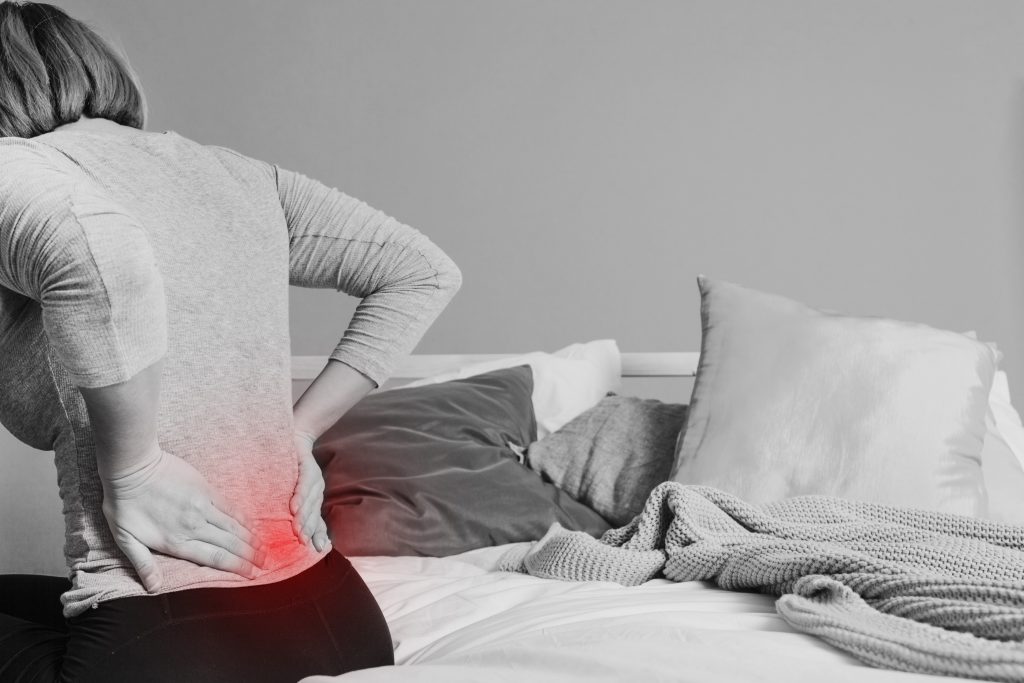
You probably felt some discomfort on your back at some point this year. You complained of pain or felt uncomfortable sitting at your computer to work.
Normal.After all, back pain – or lombalgy, if you want to use a more technical term – is one of the most common causes of visits to the doctor and the main reason for limitations of movement and absences from work in most of the planet, according to the World Health Organization (WHO), one of the largest health authorities in the world.
That is, if you spent a day or a few days somewhat “crooked” or walking around with your hand in the lower back looking for relief, you are not alone. The good news is that, although painful, it usually disappears on its own in a few days or weeks, without the need for a specific treatment. However, there are some serious exceptions and other important points you should know about your pain. In this text, we detail some of them.
Lombalgy, the name given to back pain in the lumbar region. It is among the most common causes of health problems in the world. It affects young people and adults, with significant impacts on aspects of physical, psychological, emotional and social well-being of the patient, as well as economic factors. According to the World Health Organization (WHO), about 80% of the world’s population will suffer from this disease.
The good news is that small changes in posture already help to prevent and relieve symptoms, such as stretching, care when lying down and lifting, correct posture for picking up and carrying weights, among others. Lombalgy can be specific when it results from some fracture or more serious disease – which needs surgical and medical intervention – and can be non-specific, resulting from incorrect posture, sedentariness, error when practicing exercises, aging, among other factors. In this case, the changes in the routine, to correct the postural addiction, can help a lot.
Lombalgy characteristics
There is no single formula for its onset, being the sudden onset pain, as a result of an accident or after lifting a very heavy object, for example, or developing over time due to changes in the spine caused by natural aging.
Another common occurrence is the so-called “weekend athletes”, people who spend most days as sedentary and venture into intense and strenuous physical activities only once a week, be it a football match, a trail or even a long walk.
The United States National Institute of Health (NIH) indicates that most cases are acute pain, short-lived, that remains for a few days or weeks and resolves itself, with some self-care, and disappears without leaving sequel or loss of function. The exact causes of the pain are almost always unknown, but the pain is usually mechanical in nature, i.e. there is a break in the way the “components” of the back structure fit and move (the spine, muscles, intervertebral discs and nerves).
The pain may present as acute: strong, usually after great physical effort and lasting days; or chronic pain: not very strong, but continuous, lasting weeks. Both can radiate to the upper and lower limbs.
Although the spine is divided between the cervical, in the neck; dorsal, in the region of the rib cage; lumbar, in the region of the abdomen and below the abdominal region; sacral, in the height of the pelvis and coccygeal, in the region of the coccyx; it is in the lumbar that the highest concentration of strength occurs to support the body, so it is more subject to pain. In pain, it is important to consult your doctor, because in consultation the anamnesis is done, to know the patient’s history, and physical examination, to identify the type and cause. From then on, you will be given the appropriate guidelines for each case.
The main causes of back pain include spinal problems, inflammation of the sciatic nerve or kidney stone, and to differentiate the cause one should observe the characteristic of pain and the region of the back that is affected. Most of the time the back pain is of muscular origin and appears due to tiredness, weight lifting or bad posture, and can be solved with simple measures such as hot compresses and stretching.
However, if the pain appears suddenly, if it is very strong or if there are other symptoms associated with fever or difficulty in moving, it is advisable to go to the doctor so that he can order tests and indicate the necessary treatment.
Statistics and curiosities
It is not a simple task to establish accurate statistics for a problem so common that it is often not even reported to experts, but according to the World Health Organization, some studies in European countries have attempted to approximate the scale of the problem.
– The chance of an adult suffering from lifelong back pain is 60% to 70% according to studies in industrialized countries. In one year, the incidence ranges from 15% to 45%.
– The peak incidence of back pain occurs between the ages of 35 and 55. The occurrences increase all over the world as the aging due to the natural deterioration of the intervertebral discs.
– In the United Kingdom, one study identified back pain as the biggest cause of temporary disability in young adults, adding up to more than 100 million working days lost each year.
– In the United States, the estimated number of lost workdays reaches 149 million every year, with an estimated cost of $100 to $200 billion every year.
– Back pain does not usually choose its victims, to which men and women have similar risks of presenting the symptom.
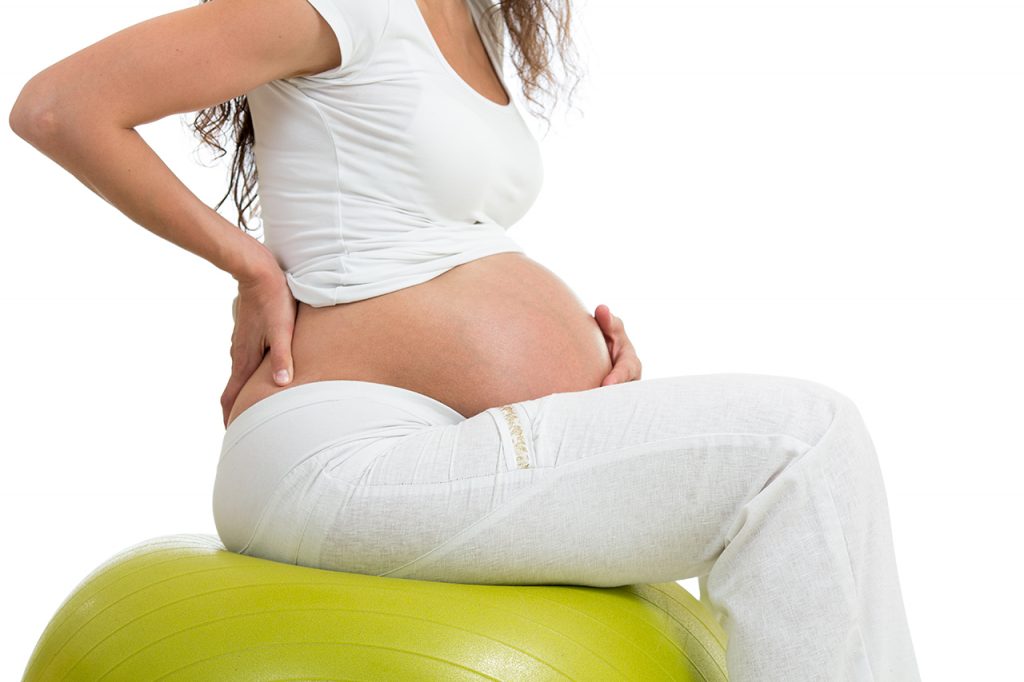
What back pain can be
1. muscle injury
When you have back pain on your right or left side it is usually indicative of muscle injury, which can happen after physical activity or as a consequence of professional activity, such as gardening or dentistry, for example. This type of pain is usually in the form of weight and can be quite uncomfortable.
How to alleviate it: To relieve back pain due to muscle injury, you can put a warm compress in the area for 15 minutes, twice a day for at least 3 to 4 days and apply an anti-inflammatory ointment. Also, during this period, it is important to avoid making too much effort so that the symptoms of the injury can be relieved more quickly. ATTENTION: The use of medicines of any kind must be indicated by a doctor.
2. Respiratory diseases
Respiratory diseases can also cause back pain, especially when breathing, since in the respiratory process there is mobilization of all muscles in the abdomen and back.
How to relieve: It is recommended that a pulmonologist or general practitioner be sought so that respiratory disease can be treated, especially when there are symptoms such as shortness of breath, cough, phlegm or fever. However, it may also be indicated to put a warm compress in the region where the pain is felt to relieve the symptoms.
3. Kidney stone
The presence of kidney stones, also known as kidney stones, can also cause back pain. The pain due to the presence of stones is known as kidney colic and is characterized by a very strong pain at the bottom of the back that prevents the person from walking or moving.
How to relieve it: In these cases, it is important to go to the emergency to have tests to identify the stone and its size and thus start the appropriate treatment, which may be with the use of medications that promote the breakage and favor the elimination of the stones, in addition to anti-inflammatory to relieve the symptoms, or performing a small surgical procedure to remove the calculus.
4. Sciatic pain
Sciatic pain is characterized by pain at the bottom of the back that radiates to the legs and is caused by compression of the sciatic nerve, which is located at the end of the spine or buttocks, causing pain in the form of a tingling sensation or difficulty in sitting or walking.
How to relieve: What is recommended to do in these cases is to look for an orthopedist so that he can request exams, such as resonance, and indicate the best treatment, which can be done with medication and physiotherapy.
5. Infarction
One of the signs of infarction is back pain with tightness in the chest, which worsens with effort, and there may be a feeling of discomfort or motion sickness, especially if the person is overweight and has high pressure or cholesterol.
What to do: In case of signs and symptoms indicative of a heart attack, it is recommended to call for medical help as soon as possible so that first aid can be given and the consequences can be avoided.
6. Herniated disc
Herniated disc can lead to pain in the middle of the back that worsens when lifting or staying in the same position for a long time, being more common in people over 45 years of age. This pain can also radiate to the side, ribs or down, affecting the buttocks or legs.
Things to do: You can put a warm compress on your back and avoid staying in the same position for too long. It is also recommended to go to the orthopaedist for an X-ray or Resonance so that the best treatment is indicated, which may include physiotherapy.
7. Muscle contraction
Muscle contracture can happen due to tiredness, excessive physical activity, worry or wrong sitting posture, for example, and can result in pain in the upper back and, in some cases, there may also be torticollis.
What to do: Stretching exercises are a great help to stretch the muscles and feel more relaxed. Staying in a comfortable position and rotating your head slowly to all sides can help to relax the upper muscles.
8. Pregnancy
It is also common for there to be back pain in pregnancy, especially in the last months of pregnancy due to spinal overload.
What to do: To relieve back pain during pregnancy, massage, stretching and in some cases physiotherapy are recommended.
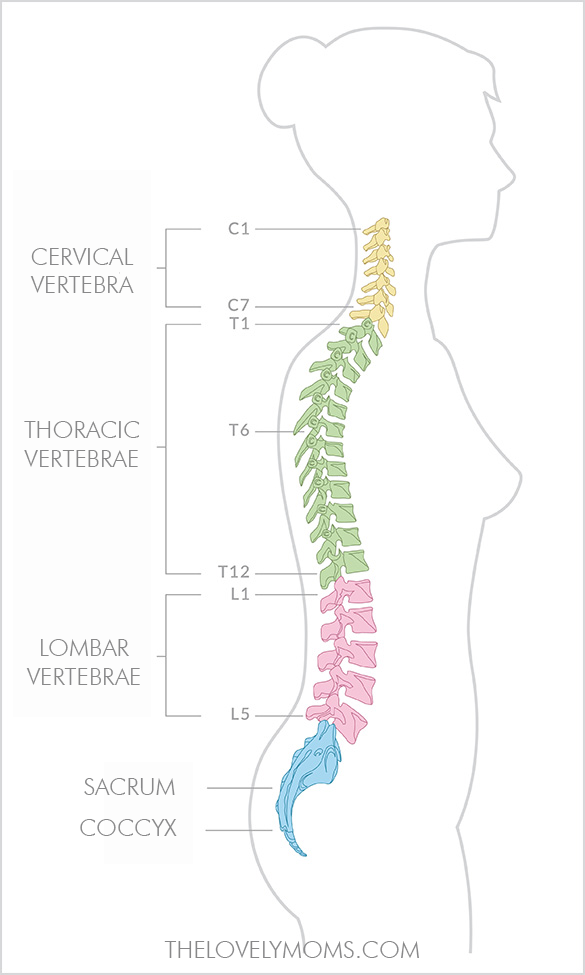
How to relieve back pain
What you can do to relieve back pain at home before you see a doctor is included:
1. Resting: lying on the floor or on a hard mattress for half an hour every day;
2. Warm compresses: place a warm compress with 3 drops of rosemary essential oil exactly over the pain spot, for 15 minutes a day;
3. Receiving a massage: with warm almond oil, but without forcing too much;
4. Homeopathy: ingestion of homeopathic remedies, indicated by the doctor to treat inflammation in the back;
5. Pilates exercises: help to strengthen the muscles of the back and abdominals, fighting the cause of pain.
In addition, it is important to follow some advice, such as adopting good posture in the day to day to protect the spine and exercise regularly, such as weight training, for example, which is a good exercise to improve posture, reducing pain.

See five tips to help relieve and prevent back pain:
1- Day-to-day postural correction
Walk with an upright spine, with straight shoulders, respecting the anatomy of your body; when sitting, support your back and feet, without slipping; lie down and stand on your side, with care and support of your hands; sleep on your side, with a pillow that supports your neck and aligns your head to your body.
When lowering to pick up objects, bending your knees, when carrying heavy bags, distribute the weight between the two arms, as well as when using a backpack, distribute the weight on both shoulders. With heavy bags and carts, push, not pull. When performing activities in high places, try to climb on a support, so that the back and head remain straight, and the arms to perform the activity are at head height, not above. When using the computer, the monitor should be at eye level. In the case of the cell phone, also try to leave it at eye level. Also, when driving, remember to support your back and head.
2- At work sitting and standing
If sitting, take short breaks for stretching and short walks, such as going to the café or the bathroom; if standing, whenever possible, make small movements with your feet and ankles. During breaks, look for a place to sit and preferably raise your legs and feet a little.
3- Do stretching
Stretching prevents muscle tension. Thus, promoting relaxation and well-being.
4- Physical exercises
Count on a physical education professional for posture guidance and appropriate activities. Aerobic exercises help with weight maintenance. Weight training, if done correctly, strengthens the muscles that will support the spine.
5- Care with emotional health
Emotional aspects also contribute to a stressed column. A depressive picture, for example, can cause a lot of pain in the body. If you notice an excess of sadness, it is important to seek expert help.
Prevention of backache
It is not always possible to prevent backache, but some simple attitudes can be taken to prevent it from appearing and, if it breaks down, still improve your quality of life. In crisis or not of back pain, pay attention to the following tips:
– Align your posture when lying down or sitting down to avoid pain
– When you work out with weight, protect your back. Ideally, use a back support when doing a sitting or lying down movement.
– Avoid carrying excessive weight
– When lowering yourself, bend your knees and keep the spine straight
– Avoid soft or too hard mattresses. Ideally, it should not give in too much during the night, that is, it should not deform too much when you lie down
– That goes for the pillow, too. It should also not be too high or too low to leave the spine out of alignment.
– Stay at the ideal weight for your height. Overweight people have less back flexibility, lower joint strength and less muscle strength. The fat in the abdominal region moves the spine forward, overloading the back muscles. Skinny people can have nutritional problems, such as calcium deficiency, which, when scarce, can lead to osteoporosis and bone fractures.
– Watch TV sitting, with your head in line with your torso and your back leaning on the sofa. Avoid lying with your head on the arm of the couch: this position favors neck pain, similar to torticollis
– Do physical activities at least three times a week. Sedentary people often have little flexibility and weak back, hip and thigh muscles. This can restrict the movement of joints, even in everyday tasks.
– Attention in the office, too. Adjust the computer monitor so that it is at eye level. The keyboard should be at a ninety degree angle to the elbows and wrists must be in the same line as the keyboard. Our head weighs around five kilos. So if you bend down to look at the monitor, the entire weight of it will be on the spine
– Still on the job, don’t sit around too long. Try to take breaks every 30 minutes to get up and do quick stretches
– Avoid sitting with your legs crossed. Leave them aligned and slightly apart, with the feet firmly on the ground. The height of the chair should be the same distance between your knee and the floor. Sit on the buttock bone with your hips slightly forward. Your arms should hang down beside your body, with your forearms resting on the work table.
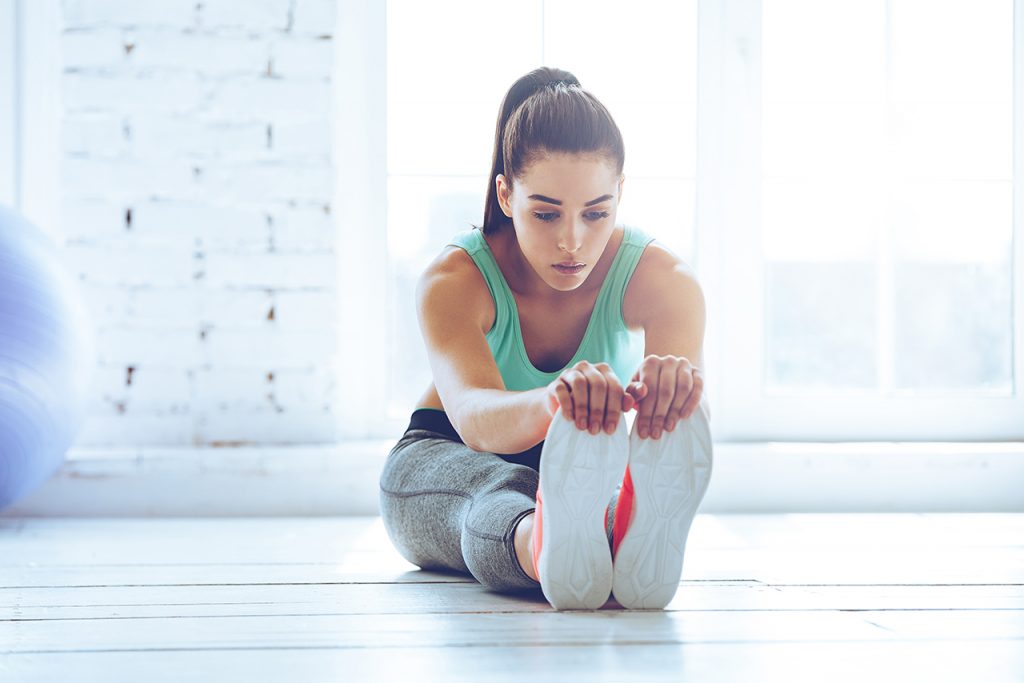
Simple solutions for lower back pain
If you did everything right and still woke up with a sore lower back, there are some things you can do at home to try and relieve the symptoms. Remember to see a doctor if the symptoms last for weeks or are very intense.
– For immediate relief, make hot compresses on site for 15 minutes. Their function is to improve the blood flow and relax the muscles, decreasing the intensity of pain
– Get local massages. A good tip is to use lavender oil and massage the area two to three times a day, without forcing the muscles too much.
– Consider acupuncture. The technique can also treat back pain, but the treatment should be done by quality professionals. The acupuncture has local action analgesic, anti-inflammatory, and muscle relaxing, bringing in a few sessions better in muscle contraction and consequently in pain. Other beneficial side effects are the improvement of sleep, and other concomitant factors associated with pain such as stress and anxiety
Exercises to do at home or office to relief back pain
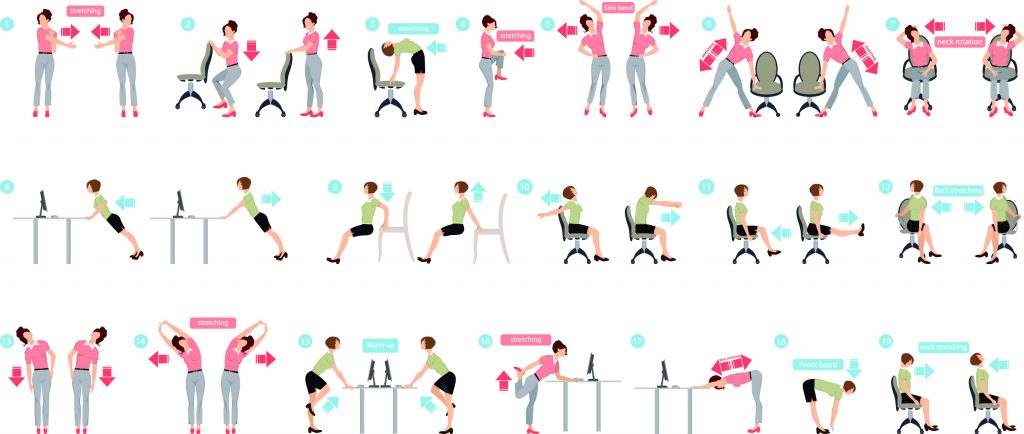
When you go to the doctor
It is advisable to seek a general practitioner when the back pain is very severe, appears suddenly or is accompanied by other symptoms such as nausea or shortness of breath. Thus, the doctor may request tests to identify the cause and thus the most appropriate treatment can be initiated, which may include the use of painkillers, or surgery to treat problems in the spine, such as herniated disk, for example.
During the consultation it is important to tell the doctor the characteristics of your pain, saying when it appeared, if it hurts all the time or only when you make a certain movement, and also what you have done to try to relieve the pain. It can be useful to tell the doctor if you are sedentary and what your job is. By knowing these details the doctor can make the quickest diagnosis and indicate the best treatment.
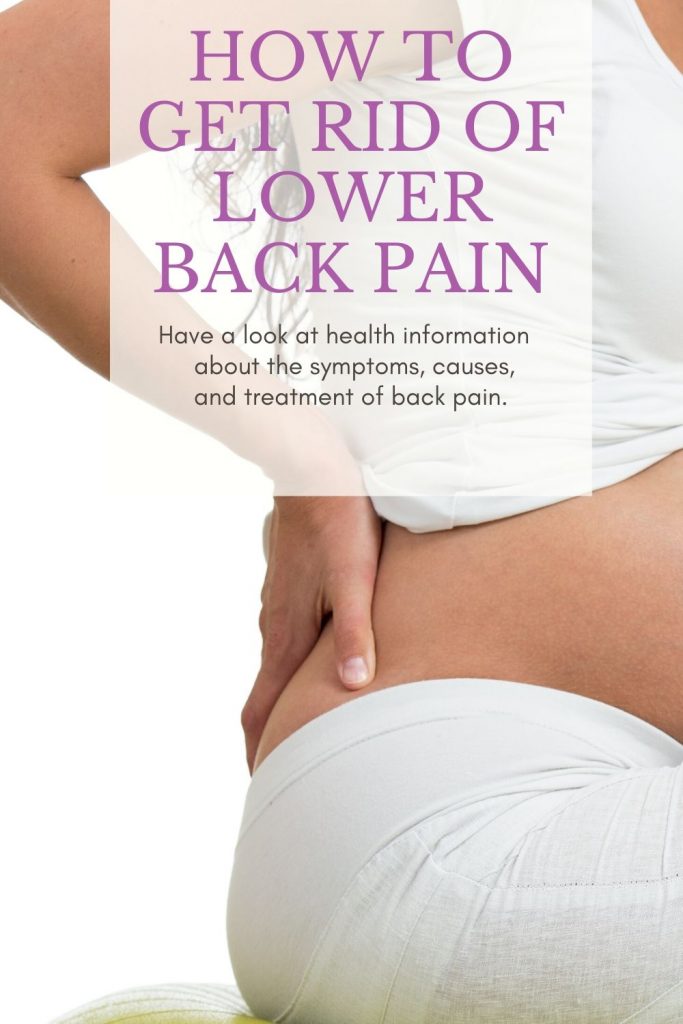
tags: back pain relief, for back pain relief, lower back pain relief, low back pain relief, for back pain treatment, back pain relief upper, lower back pain relief exercises, lower back pain relief stretches, back pain relief in pregnancy, back pain relief pregnancy, back pain relief pregnant, back pain treatment upper, back pain relief stretches, stretches for back pain relief, back pain relief exercise.
